Early Verdict
The Argus 25mm f/0.95 APO is no lightweight. It’s also manual focus only, without even a chip to communicate with the camera. But it’s also beautifully built, and packed with quality glass. If it was an f/1.2 lens, we would already be impressed, but it’s an f/0.95!
Pros
- +
Incredible maximum aperture
- +
High quality construction
- +
Lovely wide-open results
Cons
- -
Pretty big for an MFT prime
- -
Manual focus only
- -
No chip, no EXIF data
Why you can trust Digital Camera World
The Laowa Argus 25mm f/0.95 APO is an exciting addition to the Laowa catalog. This company makes some really interesting lenses for mirrorless cameras, specializing in ultra-wide lenses and ultra-close macro lenses – and with the Argus range it’s making ultra-fast primes, too.
We’re not just talking ‘fast’, like f/1.4, or even super-fast, like f/1.2. With a maximum aperture of f/0.95, the Laowa is in Noctilux territory, but at a much lower price point.
Specifications
Mount: MFT
Focal length: 25mm (50mm equiv.)
Angle of view: 46.7 degrees
Lens construction: 14 elements in 8 groups
Aperture blades: 9
Maximum aperture: f/0.95
Minimum aperture: f/11
Minimum focus distance: 0.25m
Max. magnification ratio: 0.17x
Filter thread: 62mm
Dimensions: 71x86mm
Weight: 570g
Key features
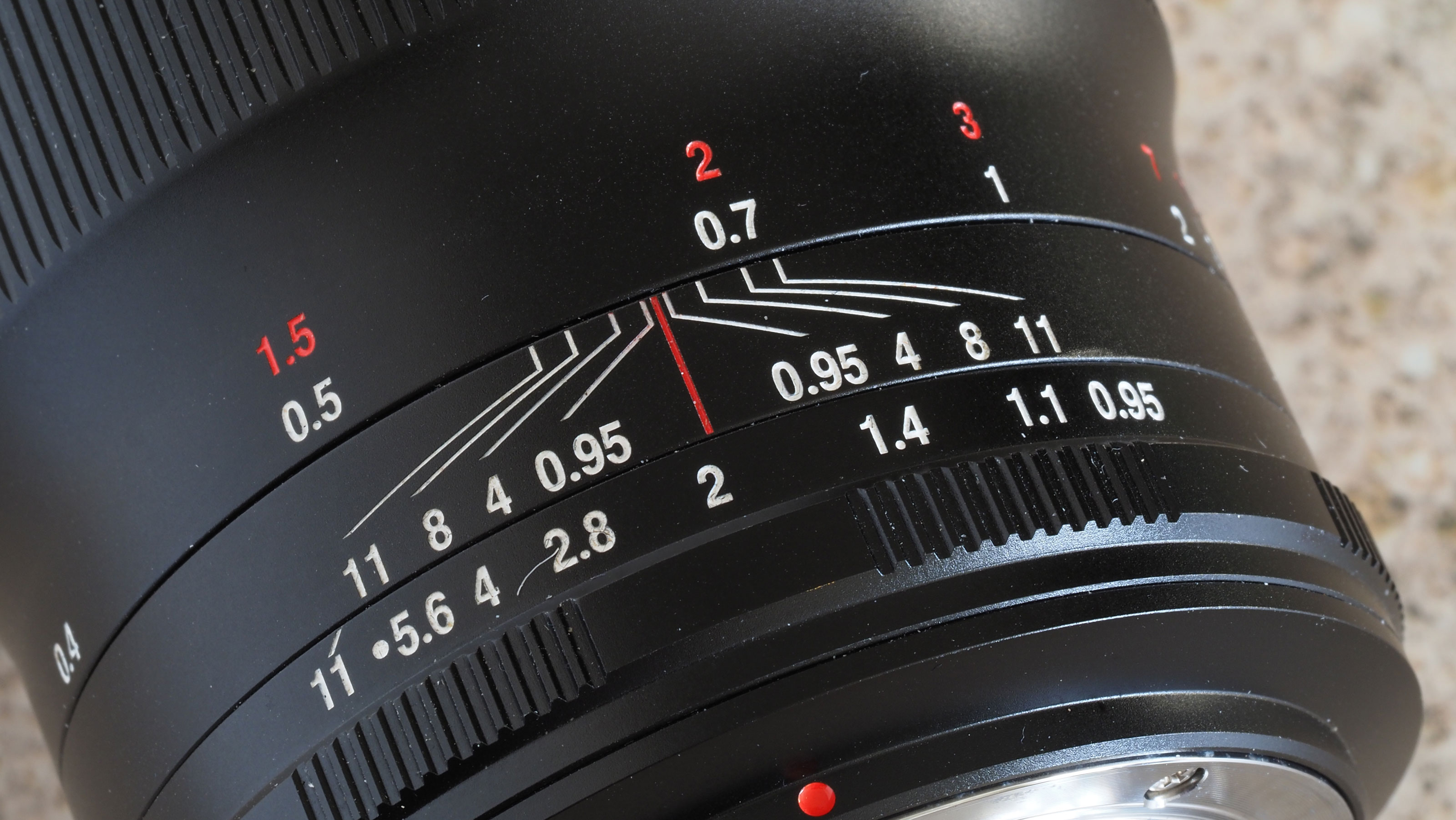
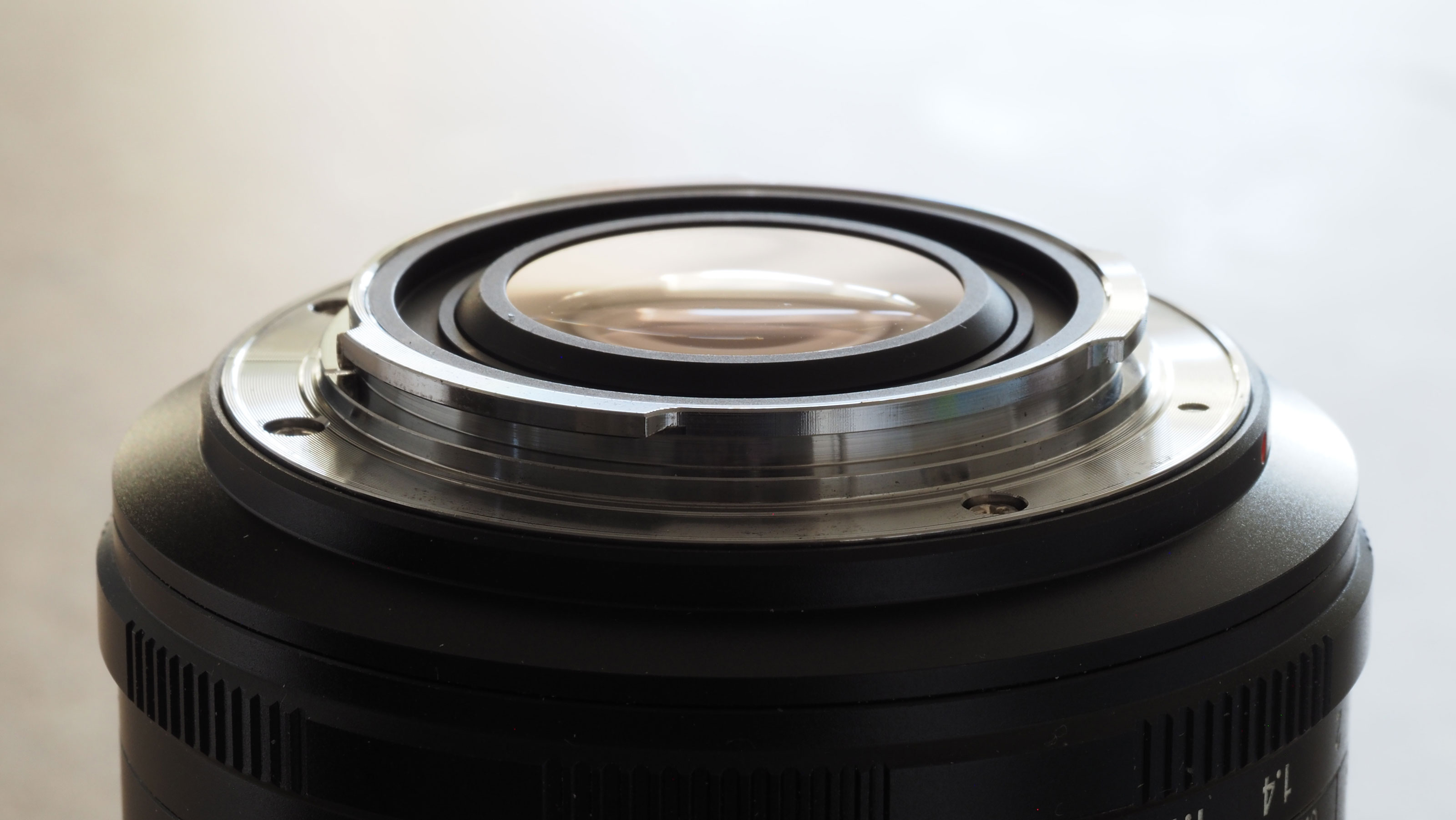
This Laowa lens is like a throwback to an earlier era, when photographers had to focus lenses themselves (imagine that!) and the lens aperture was adjusted with a physical ring on the lens, not in some sub-menu of an electronic interface.
The focusing might be manual, but you can still use automatic exposure control, either in P mode or A mode. When you choose an aperture on the lens, the camera will simply measure the light and make the necessary shutter speed and/or ISO adjustments.
This is not an especially expensive lens, but the optical configuration sounds the business, with one aspherical lens, one ED element and three UHR (ultra high refractive) elements.
It’s not one of Laowa’s cine lenses, so there are no geared focus and iris rings but, curiously, it does have a de-clicked aperture ring. That’s only an issue if you like to shoot on full manual using an external meter, say, when setting precise aperture stops is not so easy.
Just as curious is the non-linear aperture scale, where the settings close up at smaller apertures and stop at f/11. But then why would you get an f/0.95 lens and shoot at f/11?
There’s no chip on this lens, so it does not communicate with the camera at all. What this means is that it does not pass any EXIF aperture information to story in our images, and it will not activate any MF magnification mode in the camera when you turn the focus ring.
Build and handling

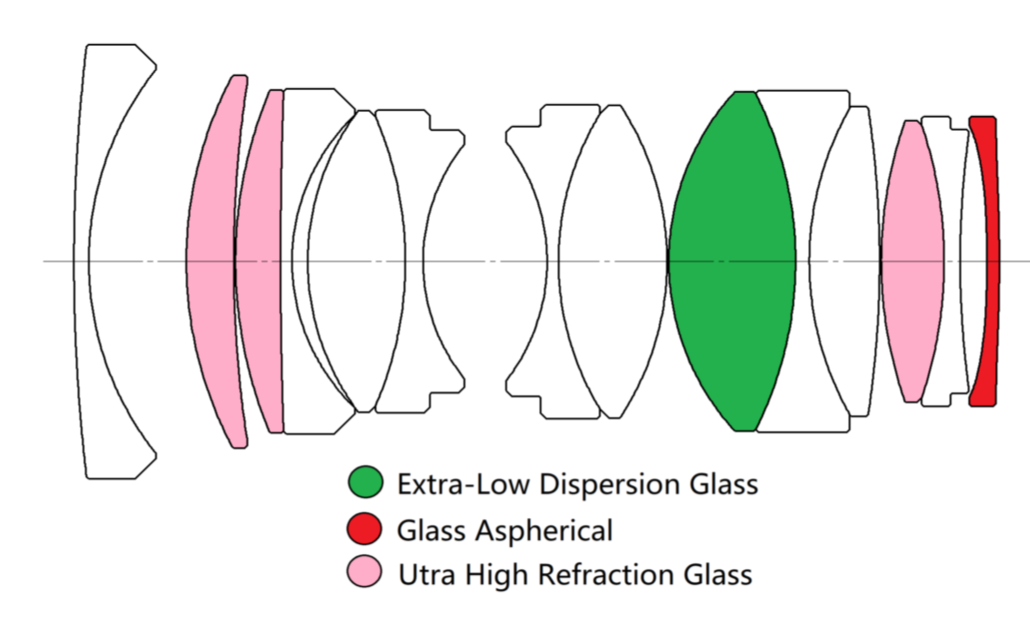
You expect inexpensive lenses to feel lightweight, but that’s not what you get here. For a 25mm MFT prime, the Laowa MFT Argus 25mm f/0.95 APO is pretty big. It also feels unexpectedly heavy. A glance at its optical diagram reveals why – it’s practically full of glass!
The weight lends this lens a real quality feel, and this is reinforced by the super-smooth focus and aperture rings. In fact, the finish overall feels pretty faultless. If this was a Leica lens you’d say you could see where the money has gone; it’s not, and this Laowa feels far better made than the price would lead you to expect.
This lens works on a simple stop-down system – as you turn the aperture ring, the diaphragm closes and opens. This might be a problem on a DSLR, leading to viewfinder darkening, but the auto gain on mirrorless camera viewfinders means you hardly notice.
With the Laowa wide open, you get surprisingly good focus ‘snap’ in the viewfinder, even without any magnification. When it’s stopped down, the zone of sharp focus become a little vaguer, so you might want to configure one of your camera’s focus buttons to activate the focus magnifier, if available, just to check.
Performance
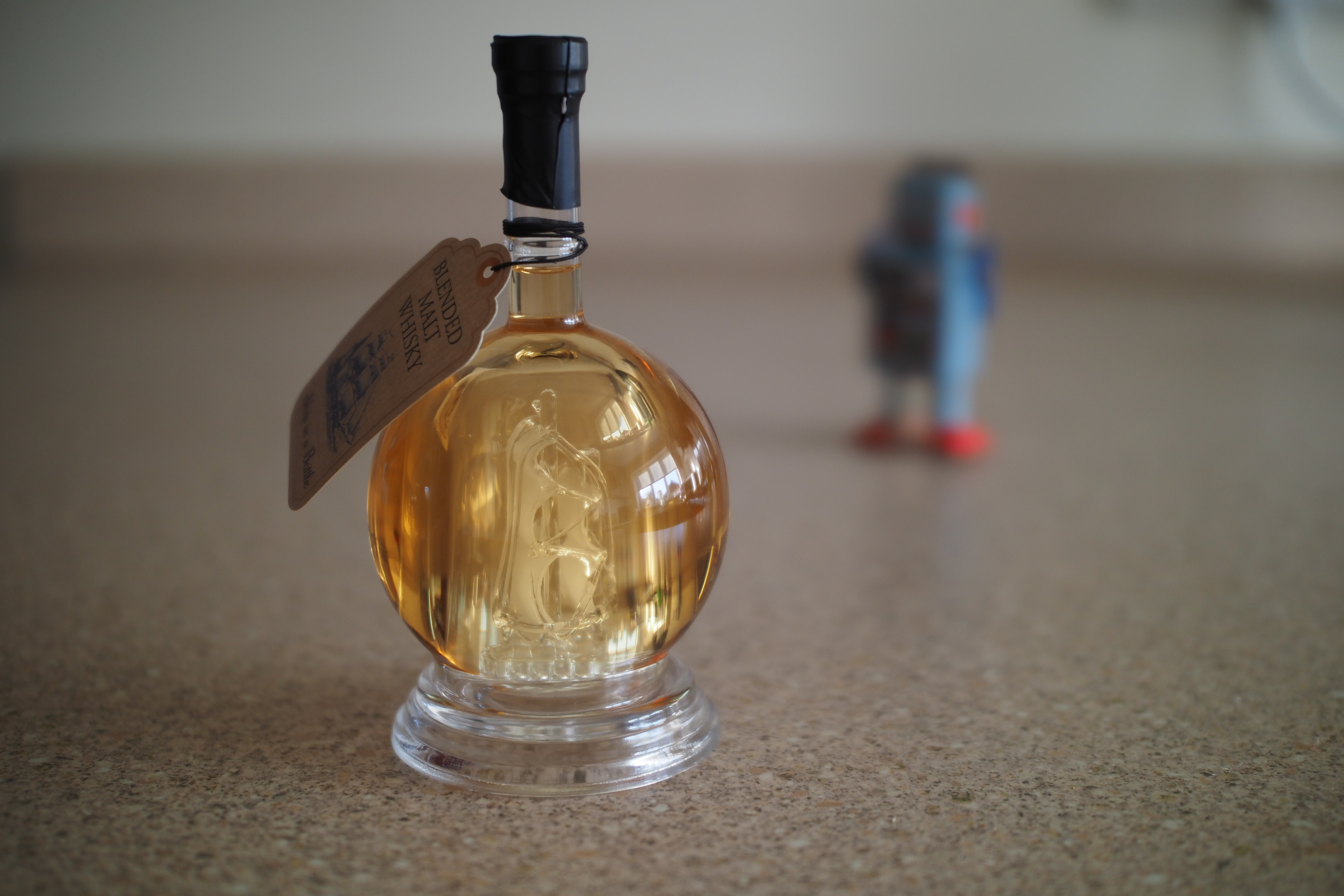

Controversial comment alert! Combine the MFT format with a really fast lens, and you've got perhaps the widest depth of field VARIATION (i.e. little or lots) of any format.
We had the Laowa MFT Argus 25mm f/0.95 APO for a short time only, so we weren’t about to carry out any lab tests, but we could try it out at various apertures both with an indoor table-top set up and for some outdoor shots.
Wide open, the Laowa creates a soft, dreamy look in defocused areas but stays surprisingly sharp at the point of focus. At f/0.95, the depth of field is so shallow that you do need to focus quite carefully – and with this lens you can easily get the kind of background blur you’d associate with a larger format APS-C or even full-frame camera.
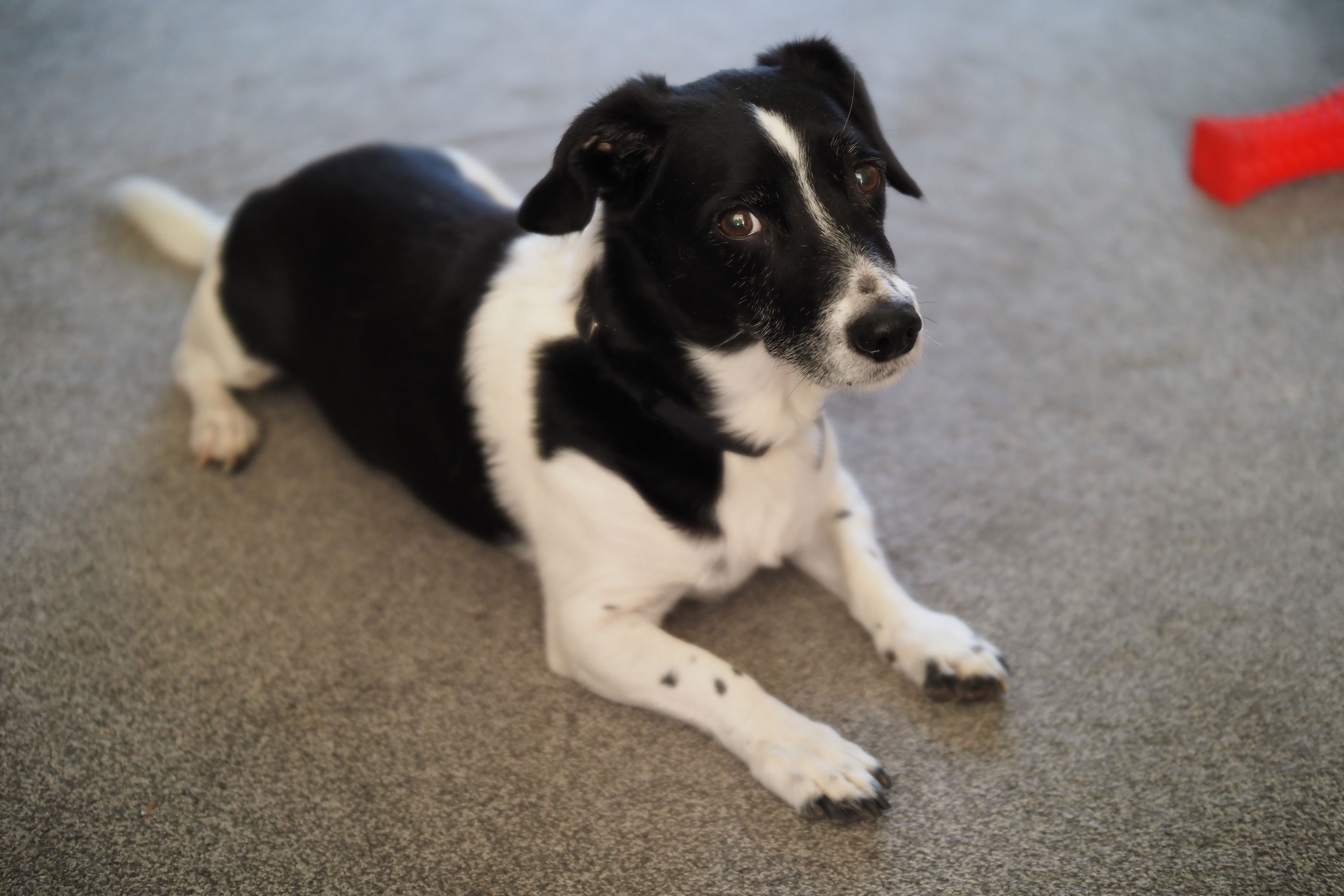

There’s nothing to be said about the AF performance because it doesn’t have it… but it did show one quirk at f/11, flipping our test camera’s white balance setting to a warmer look. That’s nothing that shooting RAW or picking a fixed white balance preset wouldn’t fix, but it’s curious nonetheless.
Hands on verdict
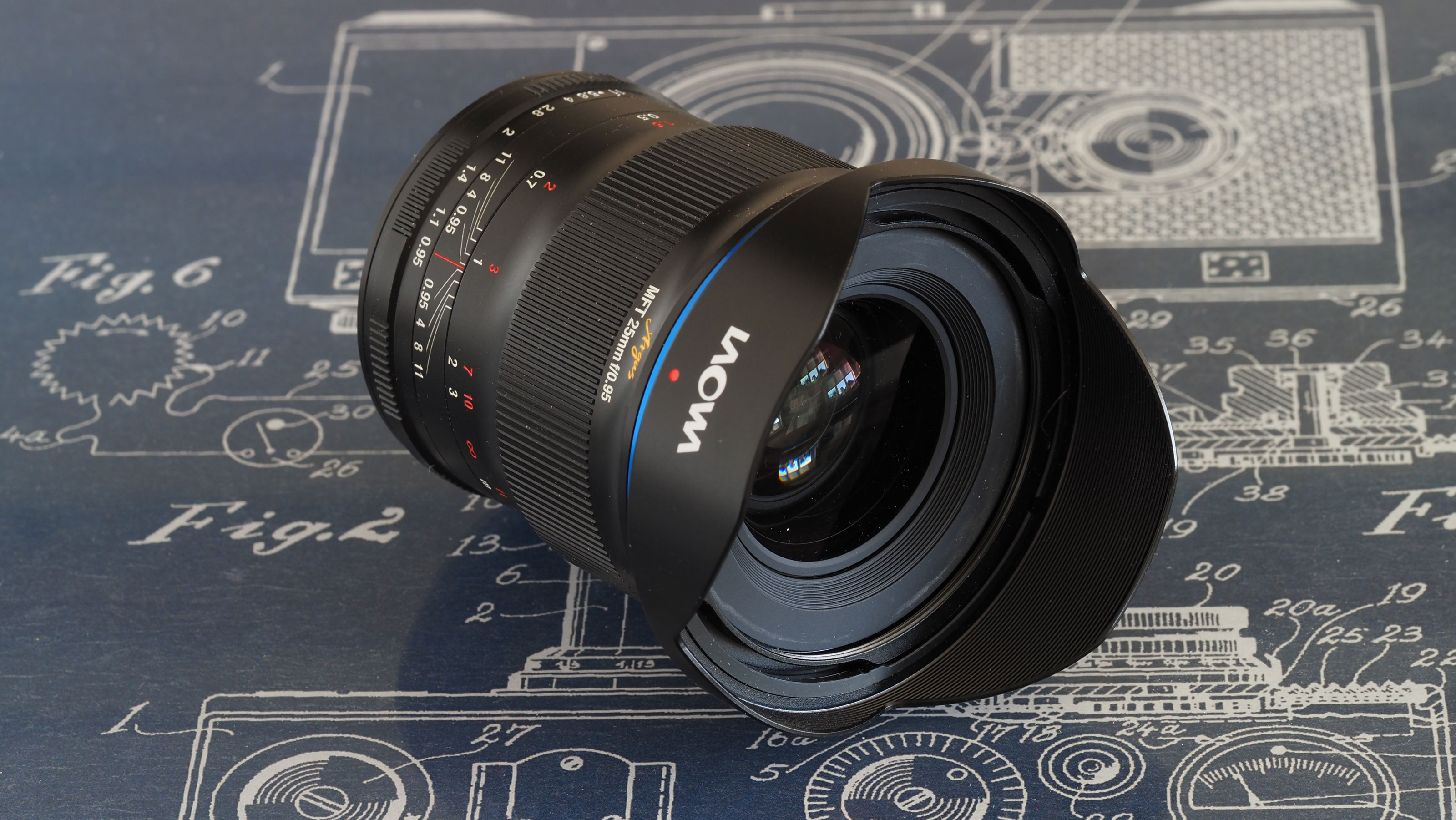
The Laowa MFT Argus 25mm f/0.95 APO is not really for technical purists or everyday shooters. Its manual focus, larger-than-usual dimensions and declicked aperture ring take a little getting used to, so if you just want a fast 50mm equivalent prime, there are plenty of more mainstream alternatives.
But if you don’t mind taking a little extra trouble over your shooting, this Laowa offers a beautifully evocative rendering at its maximum aperture and and a bokeh character and background blur you just don’t get from mainstream lenses, especially in the MFT format. Best of all, you don’t have to pay a fortune to get it.

Rod is an independent photography journalist and editor, and a long-standing Digital Camera World contributor, having previously worked as DCW's Group Reviews editor. Before that he has been technique editor on N-Photo, Head of Testing for the photography division and Camera Channel editor on TechRadar, as well as contributing to many other publications. He has been writing about photography technique, photo editing and digital cameras since they first appeared, and before that began his career writing about film photography. He has used and reviewed practically every interchangeable lens camera launched in the past 20 years, from entry-level DSLRs to medium format cameras, together with lenses, tripods, gimbals, light meters, camera bags and more. Rod has his own camera gear blog at fotovolo.com but also writes about photo-editing applications and techniques at lifeafterphotoshop.com

